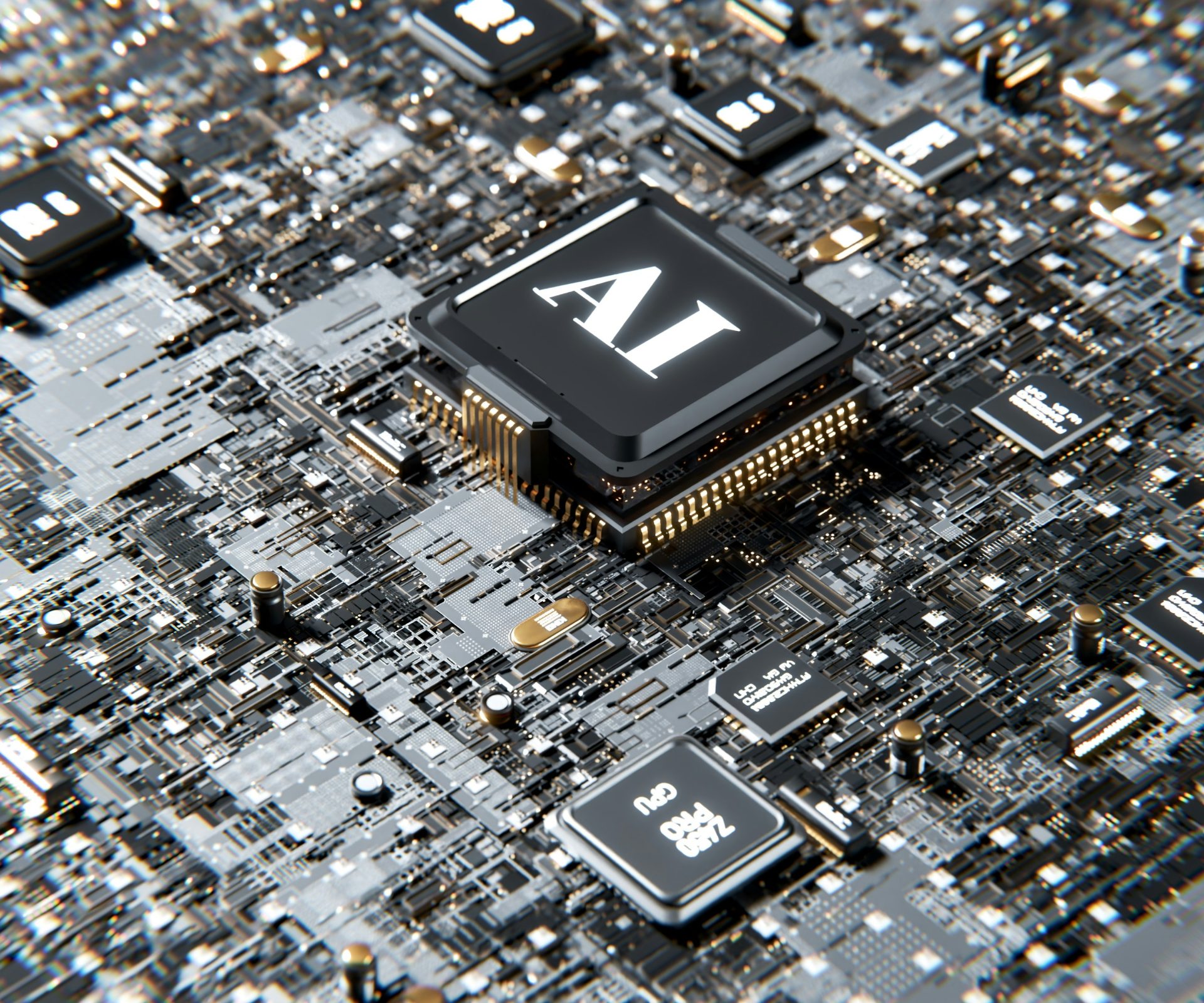The AI Revolution Is Running on Borrowed Compute—And We Might Be Running Out
Artificial Intelligence is advancing at breakneck speed.
In the last 24 months, we’ve gone from GPT-3 to GPT-4, Gemini, Claude, and multimodal AI models that can see, hear, and act.
But there’s a brutal truth behind this progress:
🚨 We don’t have enough compute power to sustain AI’s growth.
💡 Right now, AI isn’t limited by algorithms—it’s limited by hardware.
Here’s the current situation:
🔹 GPT-4 requires an estimated 25,000 NVIDIA A100 GPUs to run at scale (SemiAnalysis, 2024).
🔹 Training the next generation of models (GPT-5, Gemini Ultra, and multimodal AI) could require 10X more compute.
🔹 The global supply of high-end AI chips (NVIDIA H100s, AMD MI300X, Google TPUs) is already facing shortages.
🔹 Power grids in the U.S., Europe, and China are struggling to support the energy consumption of massive AI training clusters.
🔥 The AI compute crisis is coming—sooner than anyone expected.
How Much Compute Does AI Actually Require?
The AI arms race is burning through compute resources at an unprecedented rate.
| AI Model | Estimated Compute Cost (FLOPs) | GPUs Required (Training Phase) | Power Consumption |
| GPT-3 (2020) | 3.1E+23 FLOPs | ~10,000 A100 GPUs | ~15 MW for months |
| GPT-4 (2023) | 1.8E+24 FLOPs | ~25,000 A100 GPUs | ~40 MW |
| Gemini Ultra (2024) | ~2E+24 FLOPs | ~30,000+ GPUs | ~45 MW |
| GPT-5 (Expected 2025) | ~1E+25 FLOPs | 100,000+ GPUs? | 100+ MW? |
| AGI-Level AI (~2030?) | ~1E+26 FLOPs | Million+ GPUs? | National power grid levels |
💡 Each new AI model demands exponentially more compute power.
🚨 The problem? We are approaching physical and economic limits.

Compute Bottlenecks: Why We’re Running Out of AI Processing Power
- The AI Chip Shortage Is Real
🔥 NVIDIA’s H100 GPUs sell out months in advance, with black-market pricing reaching $40,000 per unit.
🔥 AMD’s MI300X is one of the only real competitors—but demand is still far outpacing supply.
🔥 Google TPUs and AWS Trainium chips are stepping in, but hyperscalers (Microsoft, Amazon, Google) are hoarding inventory.
🚀 AI companies are battling for compute access—whoever controls the GPUs controls AI innovation.
- Power Consumption Is Exploding
💡 Training an AI model like GPT-4 consumes as much power as 175,000 U.S. households.
⚡ Data centers are now responsible for 1% of global electricity use—and this could reach 10% by 2030.
🏭 China, the EU, and the U.S. are investing in AI-specific power grids to avoid energy shortages.
🔥 Every major AI company (OpenAI, Google DeepMind, Microsoft, Anthropic, Tesla) is now investing in data center expansion—because without power, AI doesn’t scale.
- Cost of Compute Is Unsustainable
💰 Training GPT-4 cost an estimated $100M—GPT-5 could exceed $500M.
💰 Running a production AI model at scale costs millions per month in compute alone.
💰 If compute demand keeps rising, generative AI may become too expensive for most companies to use.
📌 AI is at risk of outpricing itself—making it inaccessible to all but the richest companies.
Signup now and receive the ultimate Advancio AI WhitePaper: “The Transformative Impact of AI Across Key Industries”
Can We Solve the Compute Crisis? Possible Solutions
🚨 AI will soon outgrow current compute infrastructure—unless we find solutions fast.
Here’s what’s on the table:
- Quantum Computing: The Long-Term Fix?
🚀 Quantum AI could replace classical GPUs for certain types of AI workloads.
💡 IBM, Google, and Microsoft are leading quantum computing R&D.
⚡ If quantum computing advances fast enough, it could become the ultimate AI accelerator.
🚧 Reality check:
❌ Quantum computing is at least 5-10 years away from being commercially viable for AI training.
- Neuromorphic Chips & AI-Specific Hardware
🔥 NVIDIA, Google, and Intel are working on neuromorphic chips that mimic the human brain.
🔥 AMD’s Instinct MI300X and Google’s TPU v5e are designed specifically for LLM and LMM workloads.
🔥 Microsoft’s Azure Maia chip is a custom AI processor designed to compete with NVIDIA.
🚀 **Custom AI hardware could slash power consumption and improve efficiency by 10X.
- Distributed AI Compute: Using Edge & Cloud Together
✅ Instead of running AI on centralized supercomputers, split workloads across global edge devices.
✅ Amazon, Microsoft, and Google are experimenting with edge AI models that process data locally before sending to cloud GPUs.
✅ This could dramatically reduce compute demand for everyday AI applications.
🔥 Think decentralized AI models that don’t need hyper-expensive GPUs for every inference.

The Future of AI Compute: What CTOs Need to Know
📌 AI compute demand is growing faster than supply—CTOs need to plan ahead.
🚀 Key Decisions for Tech Leaders:
✅ Cloud vs. On-Prem Compute: Should you rely on hyperscalers (Azure, AWS, GCP), or invest in on-prem AI clusters?
✅ AI Vendor Lock-In Risks: OpenAI, Google, and Anthropic are tying AI models to specific cloud providers.
✅ Custom AI Chips: Should your company invest in custom silicon (Google TPU, AWS Inferentia, AMD Instinct)?
✅ Sustainability Challenges: Can your AI strategy scale without exceeding power limits?
🔥 The AI winners of the next decade won’t just have the best models—they’ll have the best compute strategy.
Final Thoughts: The AI Compute Arms Race Is Just Beginning
💡 The AI explosion is just getting started—but compute is the ultimate bottleneck.
🔹 If your company is betting big on AI, securing compute access is just as important as the AI model itself.
🔹 The AI leaders of tomorrow will be the ones who figure out how to scale AI infrastructure efficiently.
🔹 Quantum, neuromorphic, and distributed AI compute are the only paths forward—but how fast will they arrive?
📌 The AI era isn’t just about who builds the best model—it’s about who can power it.
🚀 If your AI roadmap doesn’t account for the compute crisis, you’re already behind.
Get in touch with us!
